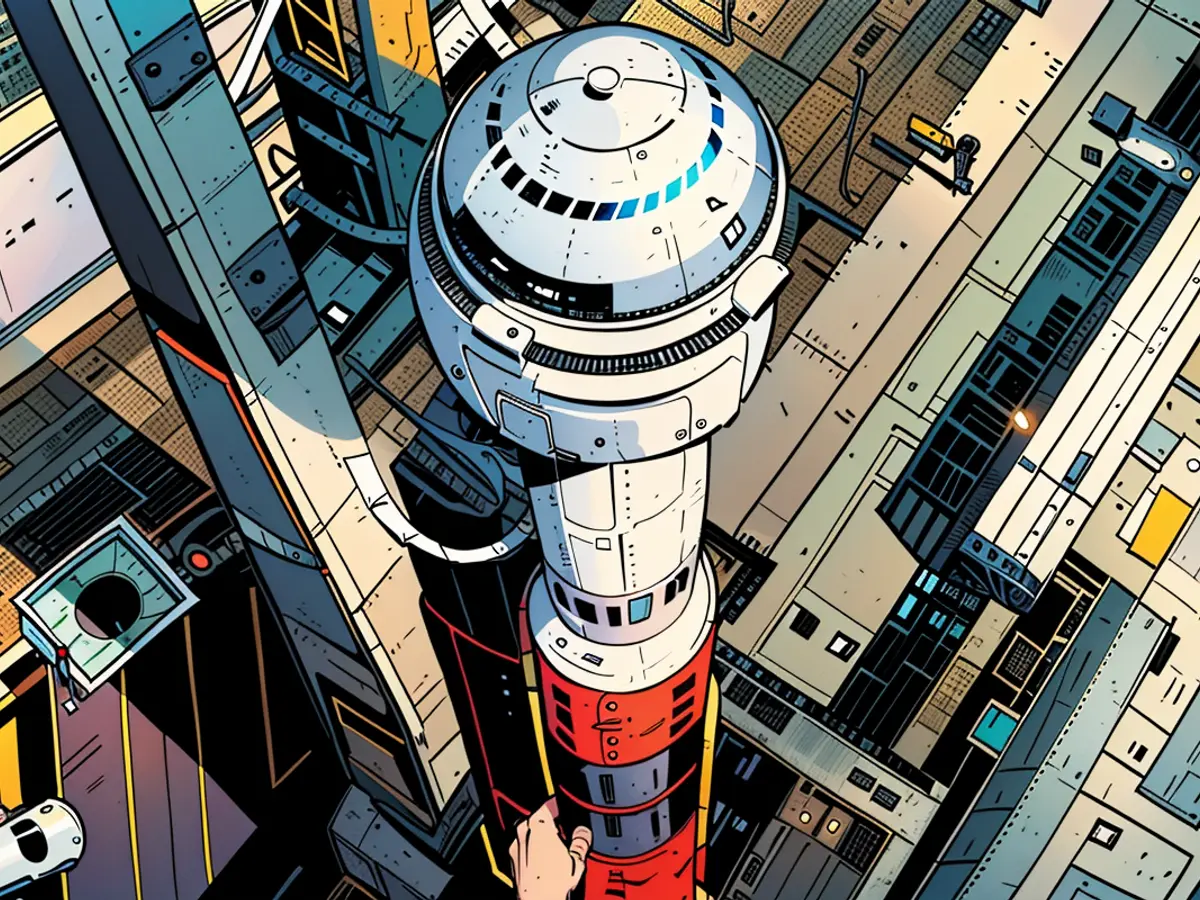Exploring the cosmos - Starliner set for crewed test mission
After experiencing several setbacks, another shot at launching the spacecraft "Starliner," which has faced various challenges, is on the calendar today. Spacefarers Barry Wilmore and Suni Williams of NASA anticipate hopping aboard the vehicle from the Kennedy Space Center in Florida to the International Space Station (ISS) for around a week's stay. The launch seemed favorable in terms of the weather, based on information from NASA.
This takeoff has suffered multiple delays due to technical issues, which could even lead to another last-minute cancellation. Twice before, takeoff attempts were halted just moments before they were set to begin, the most recent one just a few days ago. The second cancellation may have resulted from a glitch in the ground computer system, per NASA's statement.
If all goes smoothly, the "Starliner" is expected to dock at the International Space Station on Thursday. To make way for the "Starliner's" arrival, the "Crew Dragon" at the ISS had to be moved to another docking station. NASA has identified another launch window on Thursday.
One of the main reasons for "Starliner's" anticipated visit is its cargo: a specific pump meant to transform urine from astronauts into drinking water on the ISS. The previous model experienced a breakdown, according to NASA.
The spacecraft had a successful uncrewed test flight to the ISS in May 2022 and spent four days there, making it a significant milestone for the project. With time, it was expected to transport astronauts to the ISS as a viable alternative to the "Crew Dragon" from SpaceX. However, due to several hiccups, the undertaking is significantly delayed. In comparison, SpaceX has been regularly transporting crews to the ISS since 2020, with the eighth crew already residing at the station.
"Starliner" is a partly reusable spacecraft comprising a module for the crew and a service module, able to accommodate up to seven people, but is primarily built for four individuals. In contrast to "Crew Dragon," "Starliner" does not splash down in water but on land.
Read also:
- Boeing's Starliner, set for a crewed test mission, shares similar challenges as SpaceX's spacecraft in achieving a successful launch from Florida's Kennedy Space Center.
- Suni Williams and Barry Wilmore, two American astronauts from NASA, are scheduled to embark on this test flight to the ISS, potentially spending a week aboard the Space Station.
- Assuming the weather cooperates, the Starliner spaceship might dock at the ISS on Thursday, displacing the Crew Dragon spacecraft to another docking station for the duration of the visit.
- Starliner's main objective is to transport a specialized pump, designed to convert astronaut's urine into drinking water on the ISS, after the previous model malfunctioned.
- SpaceX's Crew Dragon has actively assisted in transporting crews to and from the ISS since 2020, with the eighth team currently residing at the station.
- Unlike the Crew Dragon, which splashes down in water, Starliner's design allows it to make a landing on land after completing its mission.
- The reusable Starliner craft, consisting of a crew module and a service module, is capable of housing up to seven astronauts but generally accommodates a crew of four.
- The success of Starliner's uncrewed test flight in May 2022, which lasted four days at the ISS, signified a significant achievement and the potential for it to serve as an alternative to Crew Dragon.
- Regardless of these developmental hiccups, the ultimate goal remains advancing space travel and science, focusing on the collaboration between Boeing, NASA, and the USA towards the International Space Station.







